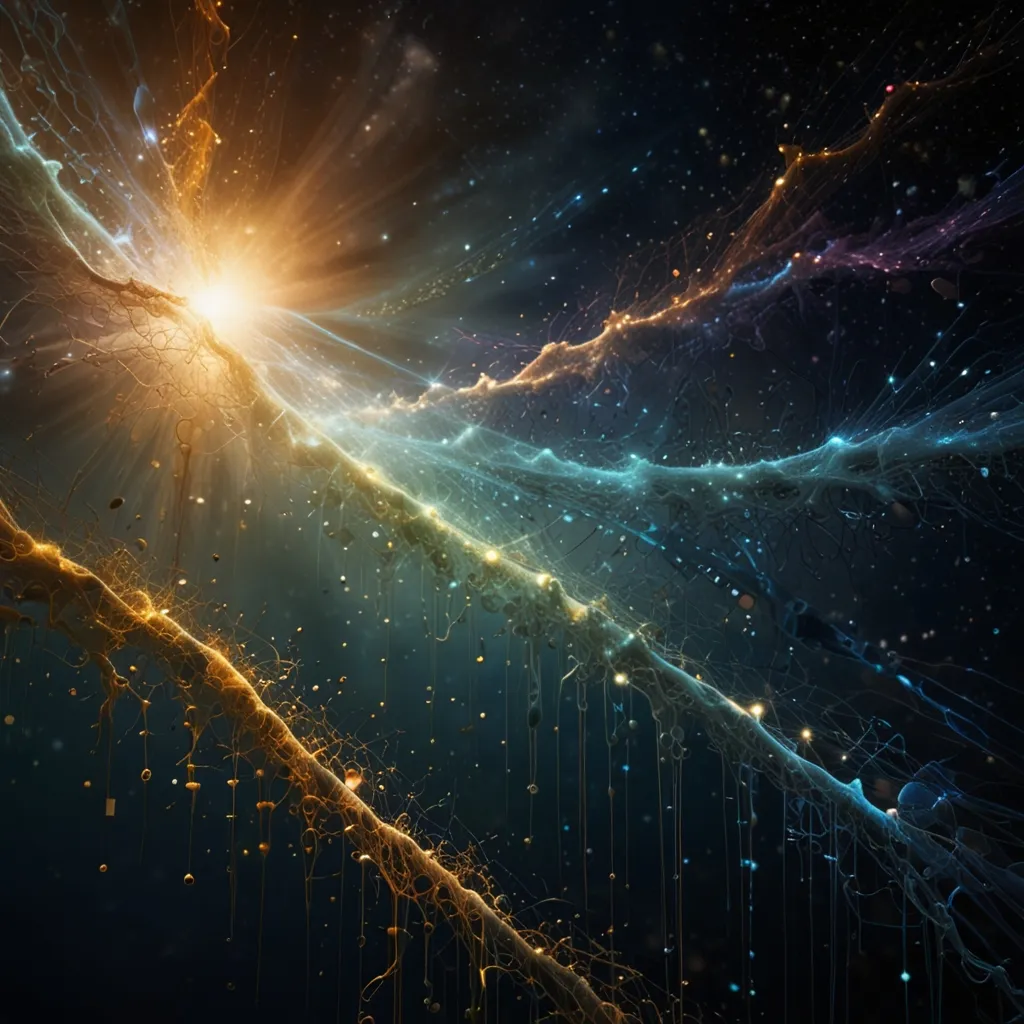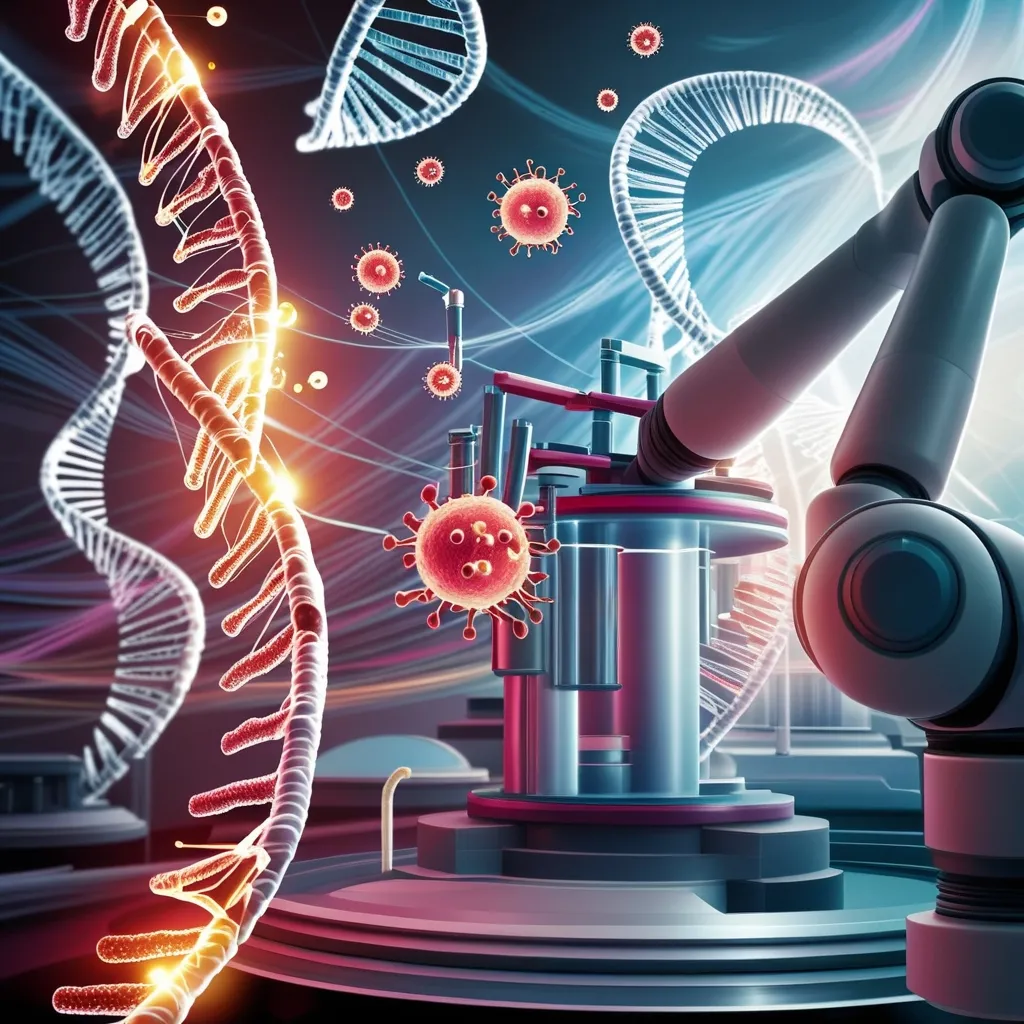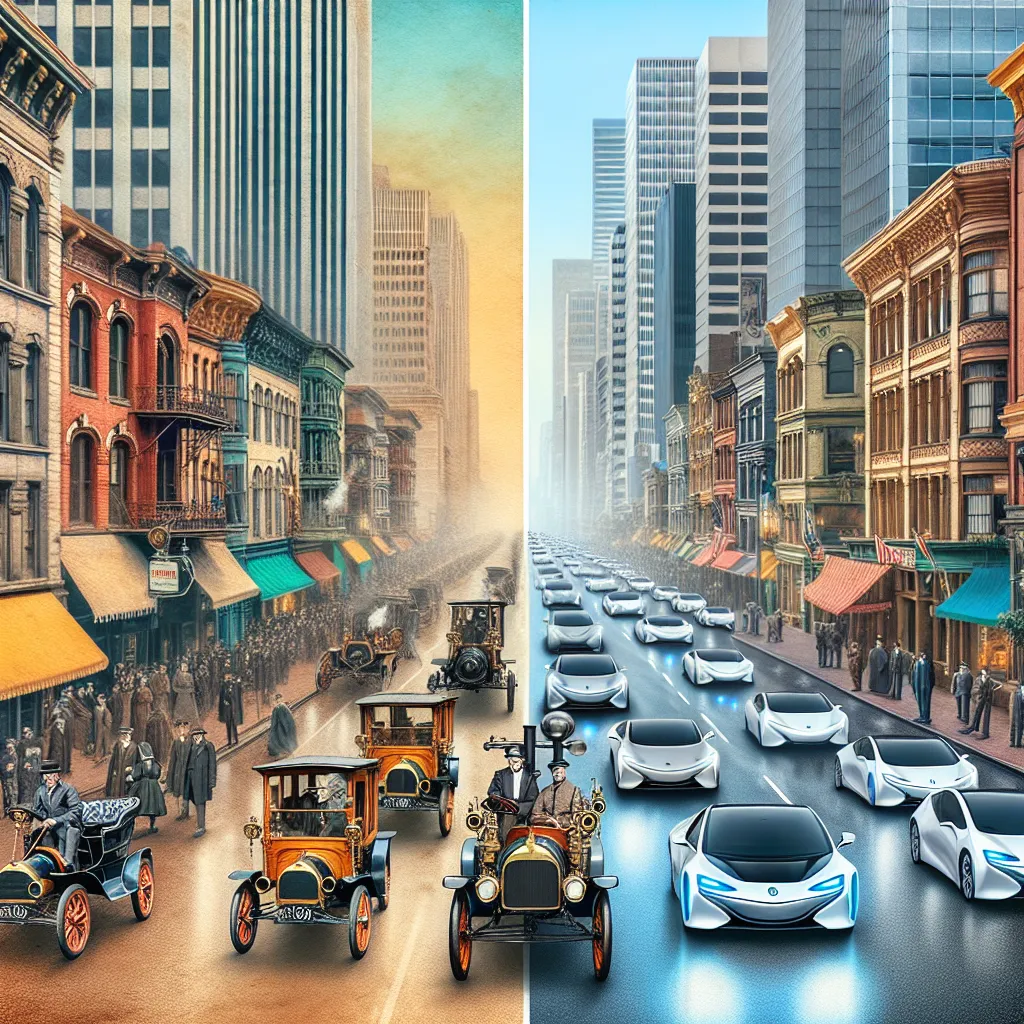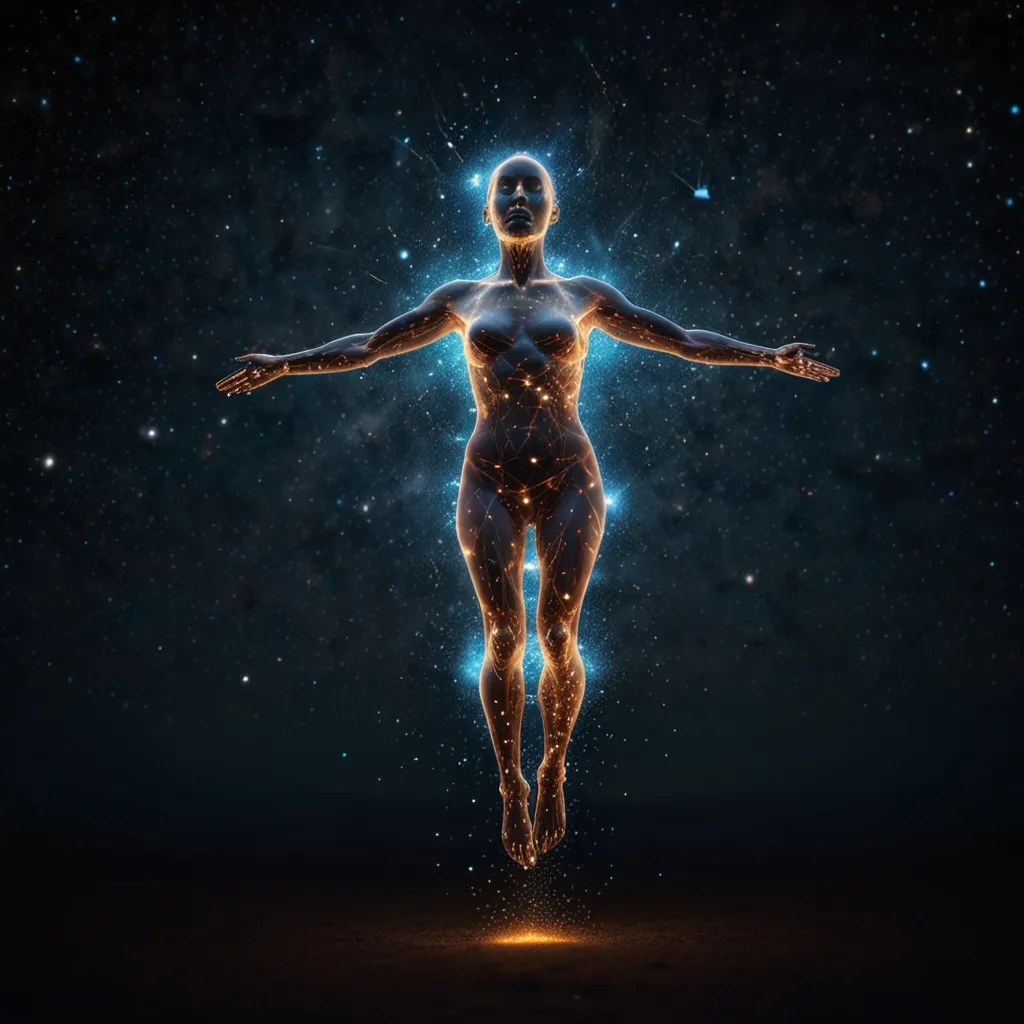Imagine a world where your actions today aren’t just shaping your tomorrow but are somehow, in some twist of science fiction, shaping your past as well. This isn’t just the stuff of time travel movies; it’s a proposition hinted at by a fascinating concept in quantum physics known as the “delayed choice quantum eraser.” It turns the intuitive arrow of time on its head, suggesting that future actions could potentially influence past outcomes. It’s as mind-boggling as it sounds.
The roots of this mind-bending idea trace back to 1978, when physicist John Archibald Wheeler proposed a thought experiment involving light from a quasar—an immensely bright and distant cosmic object. Imagine this light traveling across billions of light years to Earth, its path bent by the gravitational fields of galaxies along the way. Wheeler theorized that this light could be observed in a couple of ways: either seen as distinct particles from different points or as a wave if its source remained a mystery. Here’s the kicker—these observations could depend on choices made here and now, even though the light set off on its journey eons ago.
While doing this in real life with quasars may not be feasible, modern technology lets us perform similar stunts in lab settings. Experiments were carried out to test if light behaves like a wave or particle, hinging on whether its path information was known—resulting in some truly puzzling insights.
Enter the experiment stage left: the delayed choice quantum eraser. A team of physicists—Kim, Kulik, Shih, and Scully—took the thought experiment further in 1999, bringing new spice to the mix with entangled photons. A classic double-slit apparatus, where particles act as both waves and particles, was reimagined. The twist was using entangled photons—think twins that magically share information.
Here’s where it gets interesting: Photons pass through a double slit, hitting a special crystal that splits them into entangled pairs. One of these photons is measured for which path information while the other heads toward a detector to create an interference pattern, or not. This depends on whether the path information is known or has been ‘erased.’
Adding a more complex layer, they introduced a beam splitter, making it plain interesting. It gave each photon a 50/50 chance of taking different routes, depending on whether it zapped towards the detectors or through the beam splitter, with detectors picking up on these paths. Amazingly, when the path info is erased, the photon detects as a wave. Access to this path information? Suddenly, it’s a particle.
Here’s the kicker that sends any logical brain spinning—detector 1, with its shorter path, records the photon before other detectors gather their path information. This late-to-the-party info decides an outcome already logged into reality. It’s as if the future state of a photon tells its entangled twin which way to behave—as a particle or wave—before future measurements even occur.
This isn’t time travel as Hollywood sells it, but it teases the idea that quantum particles might somehow skip linear time as we know it, raising more eyebrows and questions than it answers. Causes and effects, traditionally chained together in a neat, forward-moving line, become a tangled web with no clear beginning or end.
Of course, this opens a treasure trove of philosophical musings. If particles shift between wave and particle based on future measurements, what else might future actions impact in our way of thinking? Despite rigorous experiments demonstrating these oddities, understanding how or why remains slap bang between curiosity and frustration for scientists.
Naturally, there’s no shortage of speculation. Could it be that our understanding of time is limited to what we experience, while at a quantum level, time and space connect, laugh at our conventions, and move freely? This doesn’t mean rewriting history books just yet, but it invites a reimagining of how deeply time intertwines with existence at its core.
It’s tempting to fantasize about grand, past-altering possibilities. But no parallels, tunnels, or bridges through time manifest here for now. Causal sequences remain generally respected in the world we perceive, even if quantum mechanics appears to showcase exceptions. Backward causation—a future event shaping past realities—remains largely a puzzle encased in mystery.
Pondering this notion, one keeps returning to the immutable nature of time as we know it—unchangeable and untouchable. Once the past was today, framed by the events and choices laid down, unaffected by any loops or threads we might imagine weaving backwards.
Yet the allure of possibly changing what’s passed tucks neatly into our dreams and stories, even if science hasn’t quite signed off on truly altering how things were—perhaps merely suggesting a whisper of adjustment exists within the fabric of the quantum realm. And whether that open question ever finds resolution or remains as baffling as ever, the journey of inquiry continues on, curiosity ever as boundless as time itself.






